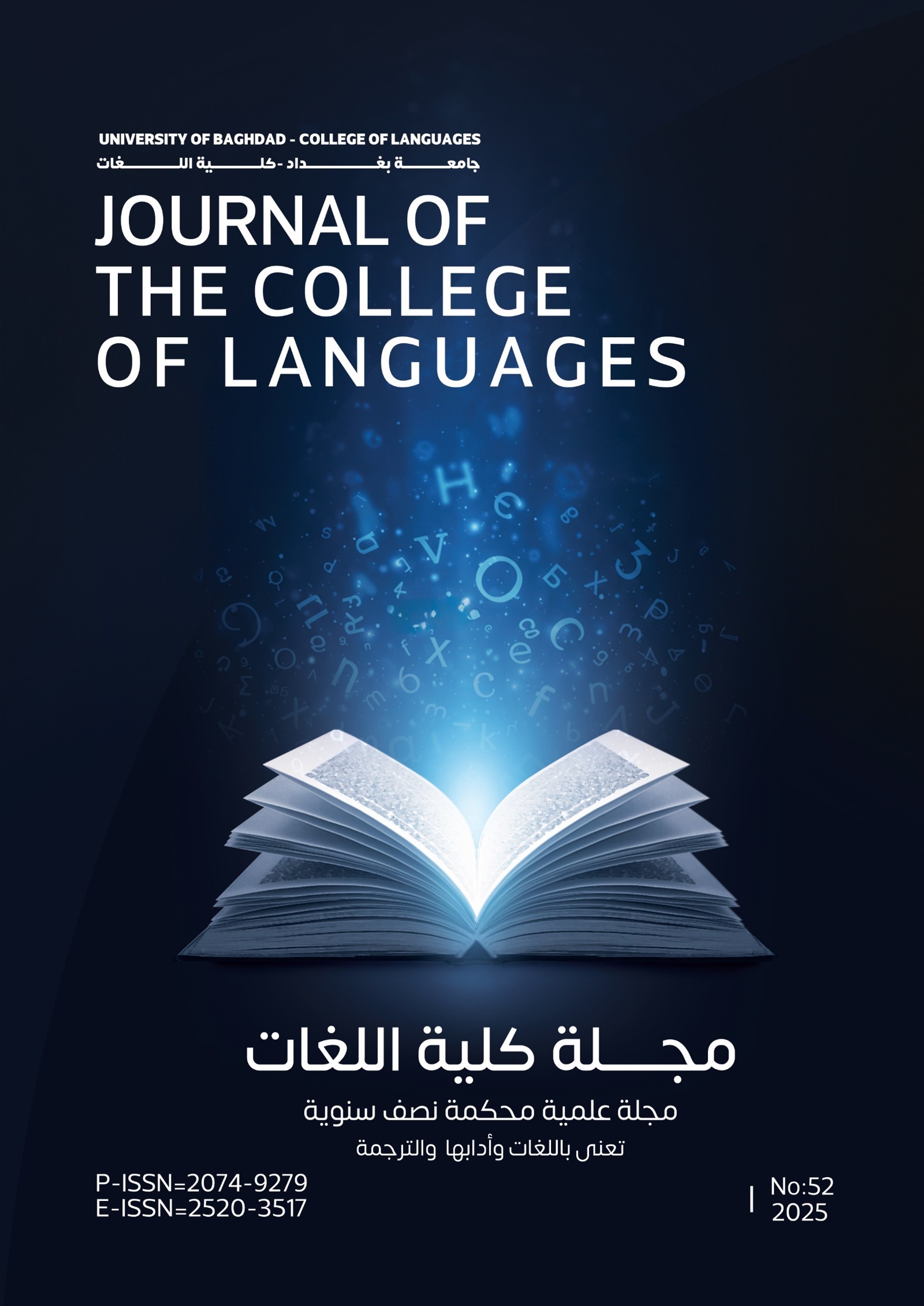In-betweenness and Liminal Selfin Amiri Baraka's Dutchman
Keywords:
in-betweeness, hybridity, liminality, the self, assimilationAbstract
This study deals with the thems of "in-betweeness" in the modern Afro-American Drama, drawing upon the accumulated literature of the colonial and postcolonial studies. In-betweeness appears in these studies under the canopy of the terms mimicry, hybridity and liminality which refer to a transformative, in-between state of being. It also refers to themutual relations holdingbetween man and his cultural space.
This concept is fitting the Afro-American playwright Amiri Baraka's plays and his violent, revolutionary theatre. In his play Dutchman (1964), Clay, the protagonist, is a good example of the two-ness or in-betweeness. He finds difficulty choosing between the ethnocentric white culture and the black culture.He allows himself to be shaped into the image of the white middle–class society. Baraka's protagonist is thus situated in between two worlds and is made to suffer the ramifications of a culturally estranged identity.







